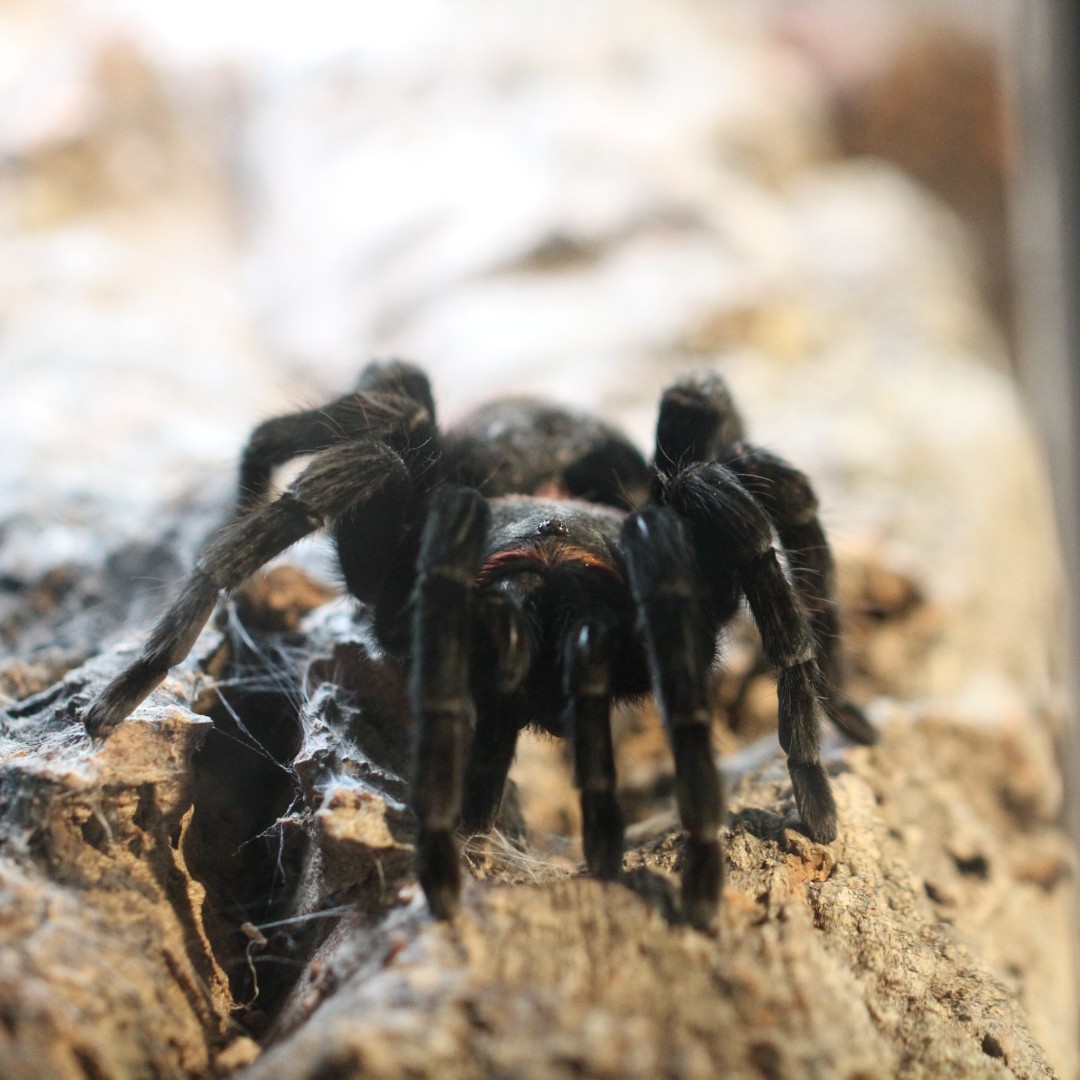- The importance of understanding and respecting invertebrates.
- Daily care routines for tarantulas and butterflies.
- Specialized enclosures and habitat design considerations.
- Educational strategies to engage visitors with invertebrates.
- The role of invertebrates in ecosystems and their conservation status.
Understanding and respecting invertebrates is essential for fostering both knowledge and appreciation of these often-overlooked creatures. Invertebrates, such as tarantulas and butterflies, are not just fascinating; they play critical roles in our ecosystems. For instance, butterflies are key pollinators, while tarantulas help regulate insect populations. By learning about their behaviors, habitats, and interactions, the public can shift from fear and misunderstanding to fascination and respect.
At the Butterfly Pavilion, everyday care routines focus on the health and well-being of tarantulas and butterflies, among other invertebrates. Routine health checks are fundamental. These checks include observing physical characteristics such as coloration, mobility, and feeding habits. Noting changes can be vital in early detection of health issues. Staff members also assess environmental conditions like humidity and temperature, which are crucial for these creatures’ survival.
In addition to health assessments, care routines involve feeding strategies tailored to the species. Tarantulas, for instance, require live insects, while butterflies often feed on nectar-rich flowers or specially prepared sugar water mixtures. The care team uses both standard dietary practices and innovative methods to simulate natural feeding conditions. This attention to detail fosters optimal growth and overall health in the invertebrate population.
Creating stress-free encounters is a key aspect of animal care. Unlike mammals, many invertebrates can experience extreme stress levels in unfamiliar situations. The Butterfly Pavilion’s staff employs techniques that allow for gentle handling, ensuring encounters are positive for both the animal and the guest. This approach is not just about minimizing stress; it respects the intrinsic nature of these animals. A relaxed environment encourages natural behaviors, allowing the team to observe them.
Specialized enclosures are meticulously planned to promote the well-being of invertebrates. These enclosures mimic natural habitats, contributing to a sense of security for the animals. For example, tarantulas are often kept in terrariums that replicate their native burrow systems, complete with substrate for digging and shelters to hide. Butterflies thrive in environments that replicate their gardens, featuring flowering plants that support various life stages from caterpillar to adult.
Staff must also consider the interactions between species when designing these habitats. Proper spacing and division allow animals to thrive without undue stress from proximity to other species. Each enclosure features escape-proof designs that prioritize animal safety, preventing accidental escapes while ensuring adequate ventilation and moisture levels.
Engaging visitors with invertebrates sometimes requires innovative educational strategies. The Butterfly Pavilion employs interactive displays, workshops, and guided tours. The aim is to demystify these creatures—educating guests about their roles in ecosystems and the importance of conservation. Displaying information through visually appealing graphics and hands-on activities makes the learning process enjoyable.
In addition to traditional exhibits, special programs encourage guest participation. Workshops where visitors can gently hold or observe animals close-up foster a sense of connection. Knowledgeable staff guide these interactions, providing context on each species’ significance and behavior. This kind of engagement helps dispel myths surrounding invertebrates as dangerous or undesirable.
The role of invertebrates in ecosystems extends beyond mere fascination; they are integral to environmental health. Pollinators like butterflies contribute to the reproduction of flowering plants, which in turn support other wildlife. Tarantulas and their kin help maintain balance within insect populations, preventing outbreaks that could disrupt ecosystems.
However, invertebrates face significant threats, such as habitat loss, pollution, and climate change. The Butterfly Pavilion aims to promote awareness of these challenges and advocates for conservation efforts. By combining educational outreach with practical conservation actions, the staff actively contributes to the well-being of invertebrate populations.
The fostered connections between animal care practices and conservation emphasize a shared duty. Guests leave with a greater understanding of invertebrates’ roles in ecosystem health and the urgent need for their protection. Each interaction between guests and animals has the potential to inspire action for conservation, creating more informed stewards of the environment.
In summary, caring for tarantulas, butterflies, and other incredible invertebrates extends far beyond basic husbandry practices. Daily health checks and specialized enclosure designs are essential components of creating suitable environments for these creatures. Educating the public through hands-on experiences further bridges the gap between myth and reality, fostering a deeper appreciation for these diverse species.
When people learn about invertebrates, they often change how they view not just these animals but the environment as a whole. This understanding can lead to proactive measures in conservation efforts, benefiting both local ecosystems and the planet. The Butterfly Pavilion’s commitment to showcasing invertebrates is a powerful example of how education, empathy, and effective animal care can transform perceptions and promote meaningful action for the natural world.
*****
Source Description
Ever wonder how we care for tarantulas, butterflies, and other incredible invertebrates at Butterfly Pavilion? Go behind the scenes with our animal care team to discover how we present these often misunderstood creatures in ways that are safe, educational, and engaging, for both guests and the animals.
From daily health checks to creating stress-free encounters, it’s all about respect, science, and a whole lot of bug love. Learn how we design safe spaces and specialized enclosures that support the well-being of our amazing invertebrates by visiting butterflies.org/presenting-invertebrates.


